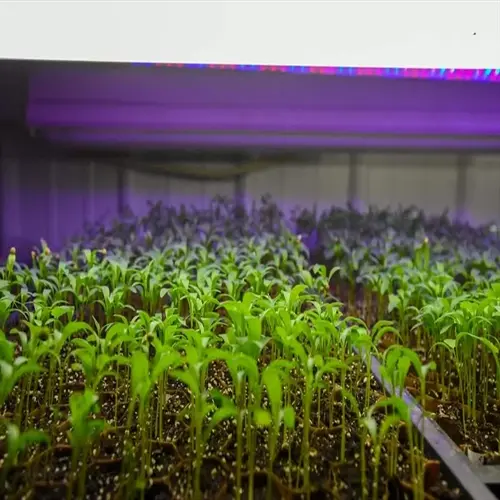How long should seedlings stay in trays?

Written by
Nguyen Minh
Reviewed by
Prof. Samuel Fitzgerald, Ph.D.Keeping seedlings in trays for too long sets them up for root binding, which can permanently stunt their growth. Most vegetables require transplanting from the tray in 4-6 weeks, or when the roots have begun to circle the container. I learned this the hard way when he delayed harvesting peppers and only received half of the expected harvest due to root restriction.
Root Monitoring
- Check drainage holes weekly for escaping roots
- Gently lift seedlings to inspect root circling
- Transplant immediately if roots form dense mats
Rescue Techniques
- Soak root-bound plants in water before transplanting
- Make vertical cuts in root balls to encourage spreading
- Use seaweed extract to reduce transplant stress
Identify Critical Indicators signaling the need for prompt action. Roots emerging from drainage holes indicate a transplant should occur within 48 hours. Lower leaves yellowing means nutrients are leached from their restricted roots. My kale seedlings thrived when transplanted at the first indications.
Various types of plants have different timescales. Quick-growing plants, such as lettuce, require a faster movement of seed to the tray than slow-growing plants like tomatoes. Root vegetables rarely succeed when started in trays. I keep a calendar that notes the germination date to prevent plants from overstaying in a tray.
These delayed seedlings require special care. Soak the root balls for 30 minutes before inserting them into the ground. Use a fork to gently untangle the circling roots. My root-bound basil survived using this method, but it came two weeks later than expected.
Avoid problems by using the proper size tray. If seeds are slow-growing, then start them in a larger cell or tray. I use a 3-inch square cell for peppers, allowing me to avoid repotting frequently. This allows the roots to grow, leading to less of a rush to transplant them outside.
Read the full article: When to Transplant Seedlings: Ultimate Guide

